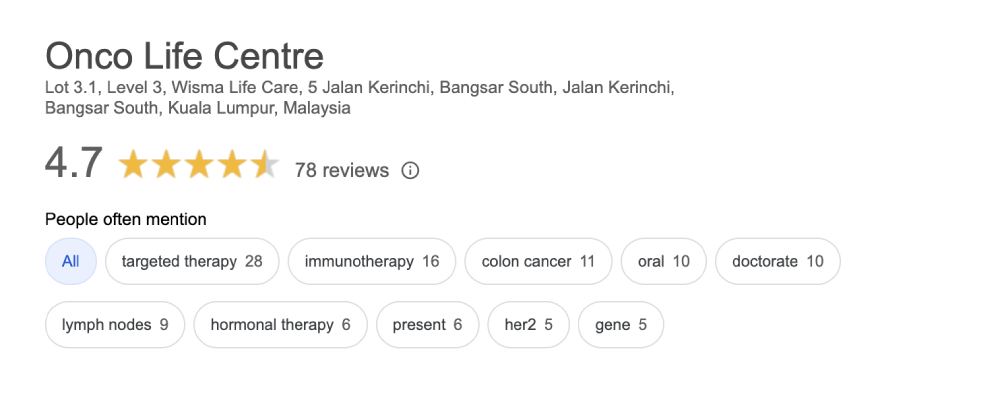





Nasopharyngoscopy allows the doctor insert a tube into the nasopharynx to examine the head and neck areas.
Biopsy allows a definite diagnosis to be made. During a fine needle aspiration, cells are removed using a thin needle inserted directly into the tumor and examined during cytological examination for signs of cancer.
Computed tomography creates a 3-dimensional picture to allow a detailed, cross-sectional view that shows any abnormalities or tumors.
Magnetic resonance imaging uses magnetic fields, not x-rays, to produce detailed images of the body, especially images of soft tissue such as the tonsils and base of the tongue. An MRI is more sensitive than a CT scan in detecting a tumor of the nasopharynx and any possible spread to nearby tissues or lymph nodes.
Bone scan uses a radioactive tracer to look cancer spread to bones.
Positron emission tomography or PET-CT scan is usually combined with a CT scan. A small amount of a radioactive sugar substance is injected into the patient’s body. Because cancer tends to use energy actively, it absorbs more of the radioactive substance. A scanner then detects this substance to produce images of the inside of the body.
A small tumor with no spread to lymph nodes and no distant metastasis.
Tumor is found in the nasopharynx and has spread to lymph nodes on one side of the neck, but no distant metastasis.
Tumor that has spread to lymph nodes on both sides of the neck but has not metastasized.
This describes any locally advanced tumor with or without extensive lymph node involvement.
This describes tumor with distant metastases.
Talk to our Oncologists at Onco Life Centre about your treatment options. The main treatment for NPC is radiation therapy. It is often given in combination with chemotherapy. This approach may be called concomitant chemoradiotherapy. Surgery for NPC is occasionally used, mainly to remove lymph nodes after chemoradiotherapy or to treat NPC that has come back after initial treatment.
A method of external-beam radiation therapy, known as intensity-modulated radiation therapy (IMRT), allows more effective doses of radiation therapy to be delivered, while reducing damage to healthy cells and causing fewer side effects.
Proton therapy is a type of external-beam radiation therapy that uses protons rather than x-rays. At high energy, protons can destroy cancer cells. Proton therapy may be used as part of the treatment for some skull-base tumors to further limit the radiation dose to nearby structures, such as the optic nerves in the eye and the brainstem.
Brachytherapy is when radiation treatment is given using surgically implanted rods that contain radioactive materials in or near the cancer location. The implant is left in place for several days, and this approach is most often used to treat NPC that has come back after the first treatment. Read More ...
A combination of chemotherapy and radiation therapy is commonly used to treat NPC. The use of chemotherapy before radiation therapy is also being studied. In general, chemotherapy in combination with radiation therapy may increase side effects. Nutritional support may be necessary during treatment due to these side effects.
Surgery is occasionally used for NPC, but it is not a common treatment choice because the area is hard to reach and lies close to cranial nerves and blood vessels. Read More ...
Patients and their families have opportunities to talk about the way they are feeling with our oncologists, nurses, counselors, or join our psychosocial program and support group at Onco Life Centre.

